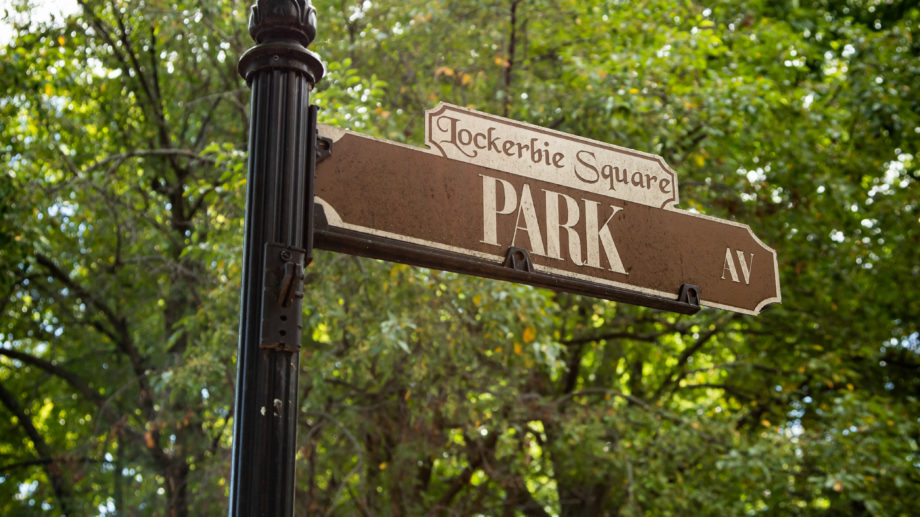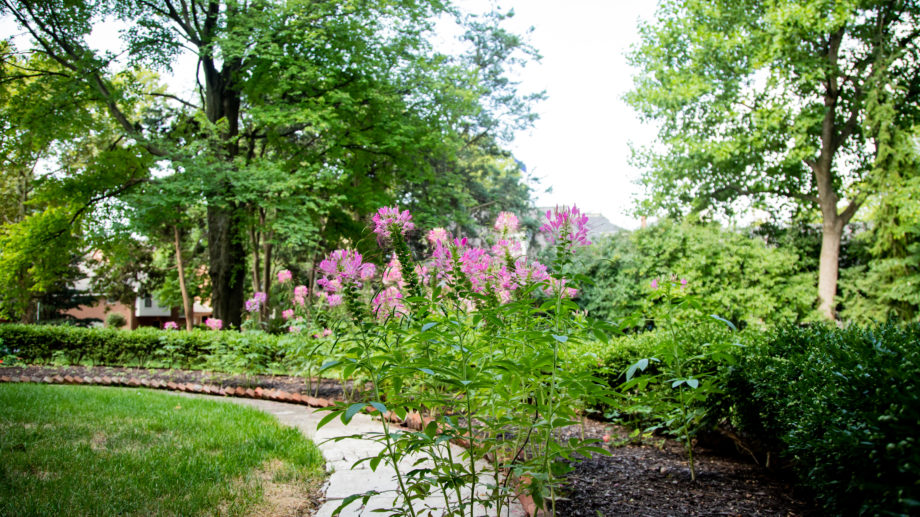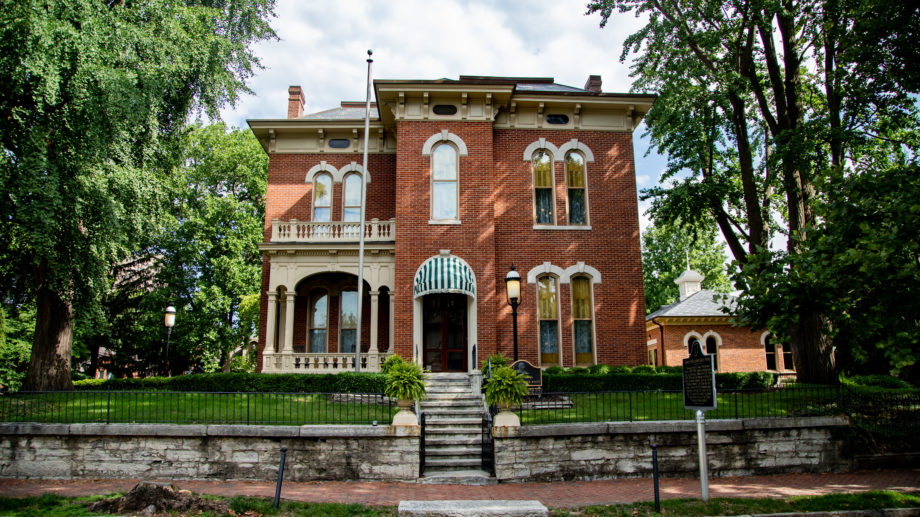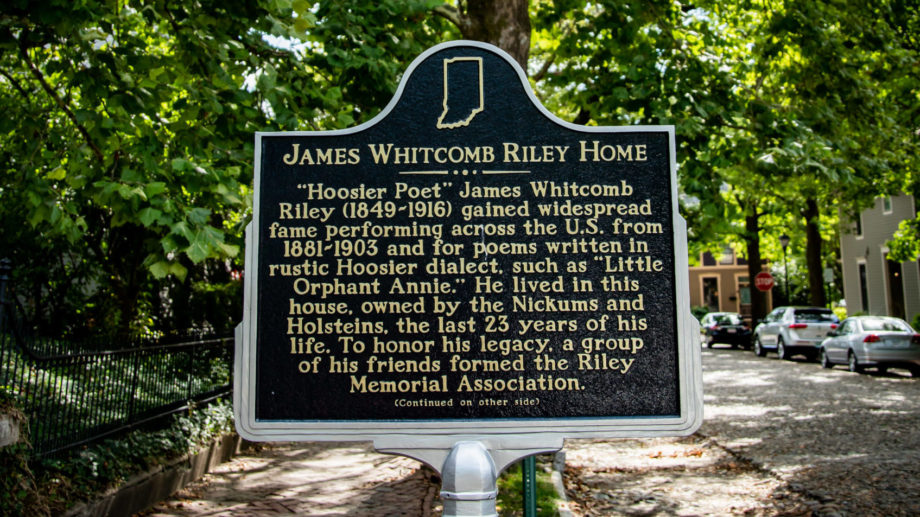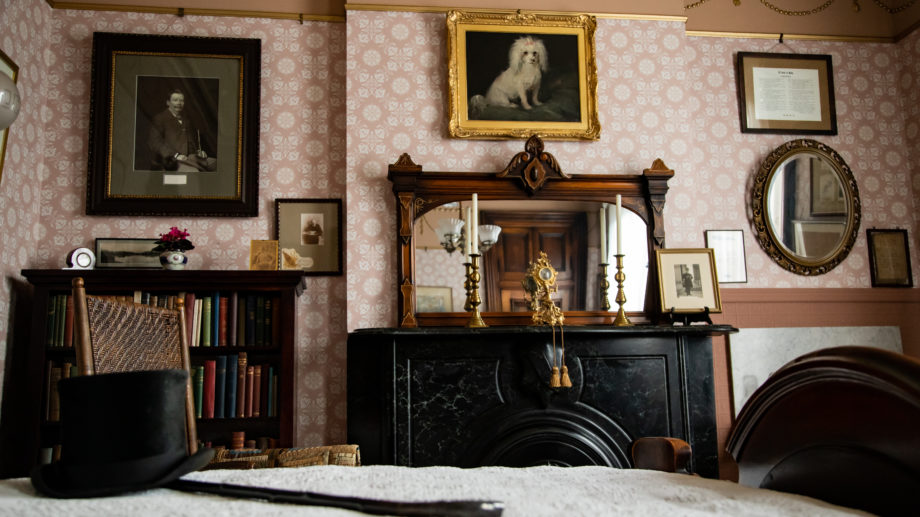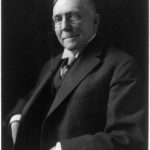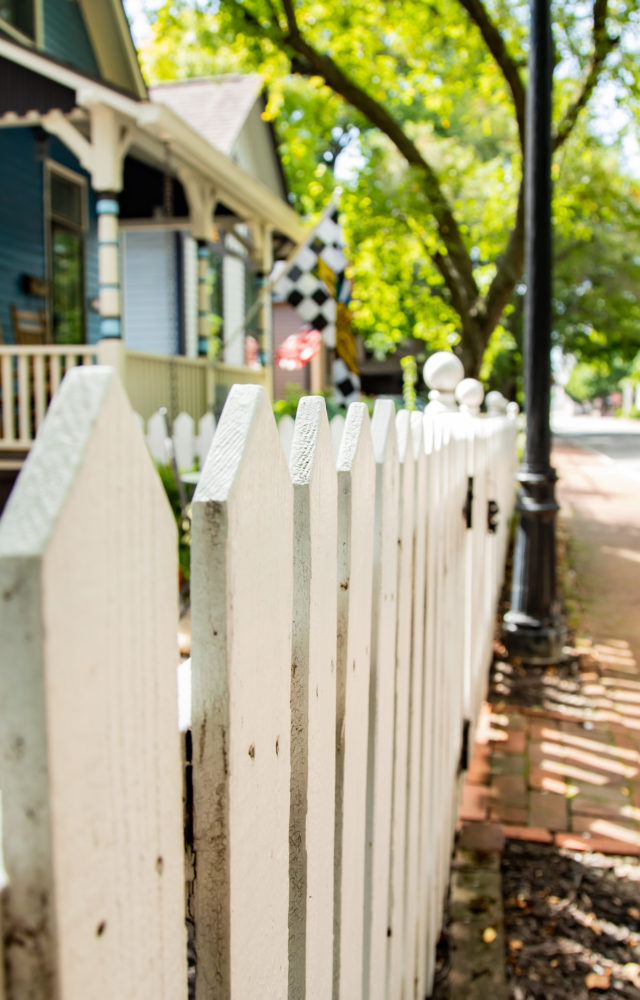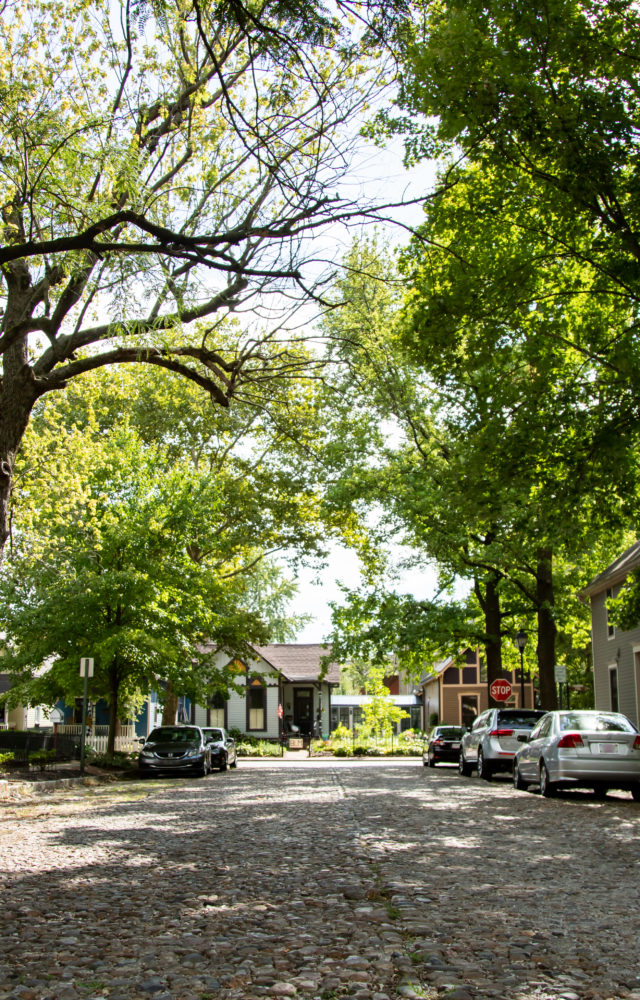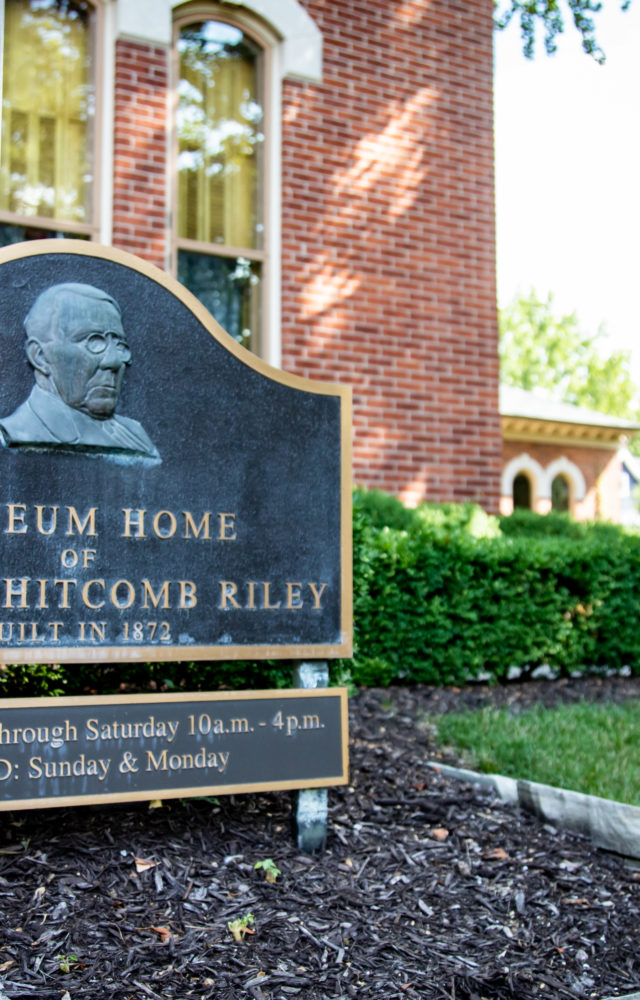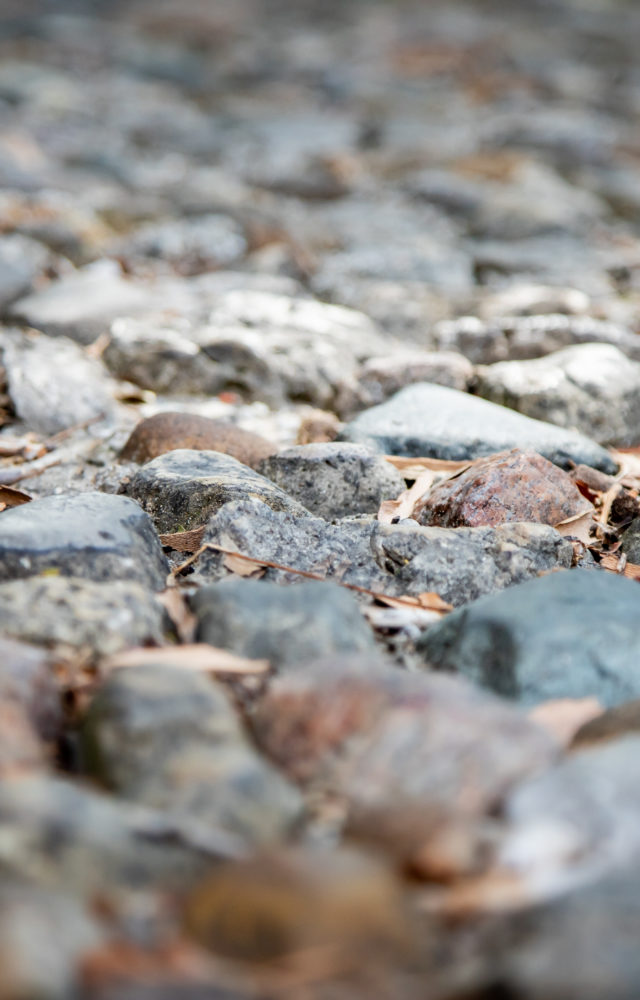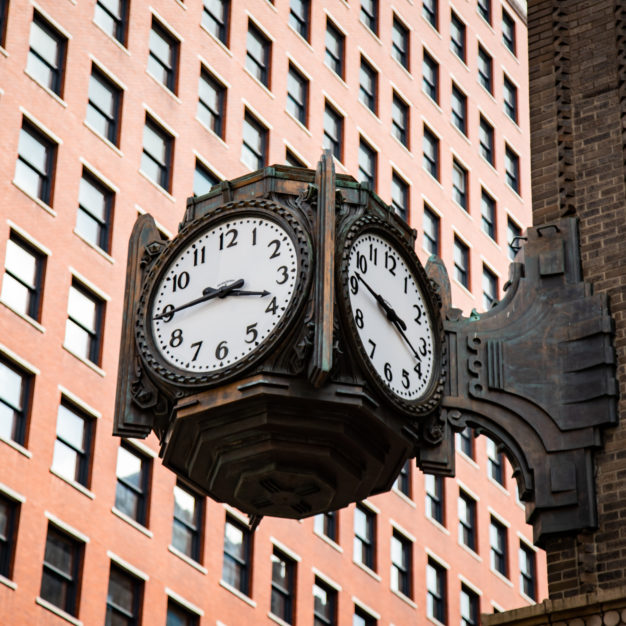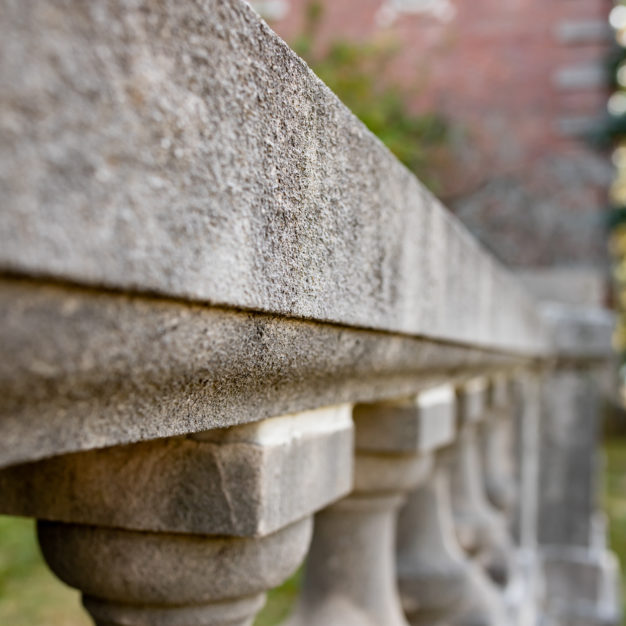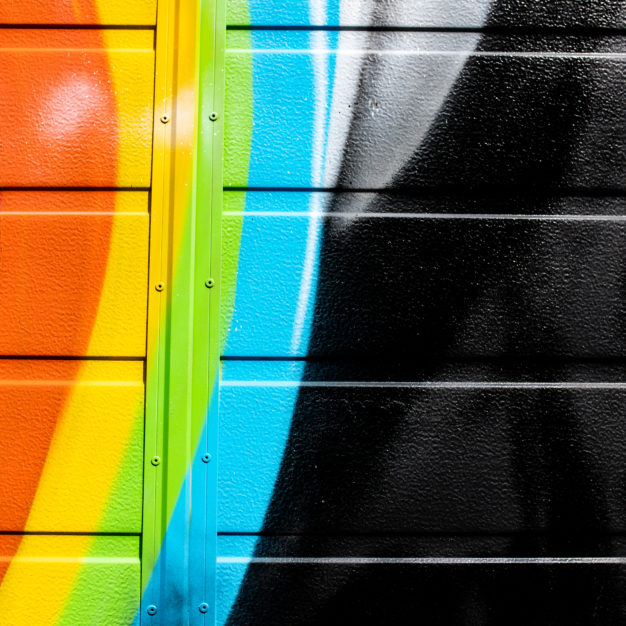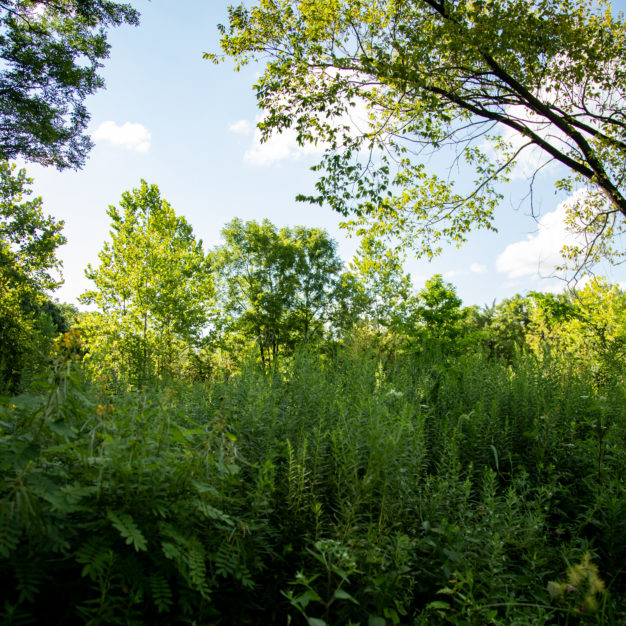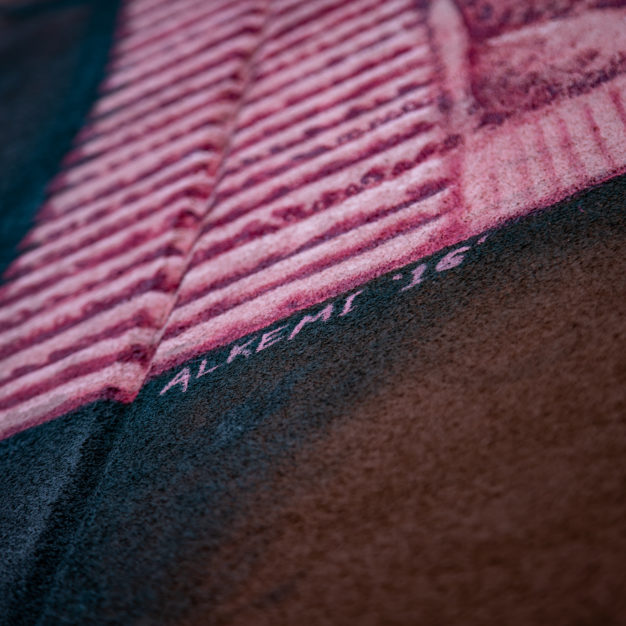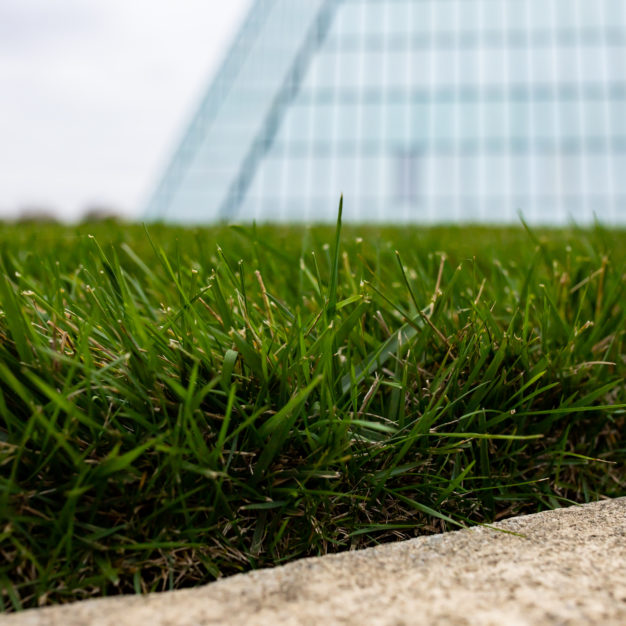Lockerbie Street39.772162, -86.148816
James Whitcomb Riley adored the Indianapolis neighborhood of Lockerbie. Riley wrote the poem “Lockerbie Street” even before he became a longtime resident.
Author
James Whitcomb Riley
b. 1849 – d. 1916
Literary Inspiration
“Lockerbie Street”
Published 1887
First appeared in the Indianapolis Journal, July 12, 1880
NOTES
Dig
Deeper
Indianapolis is a place that inspires creativity. This is one of a dozen original pieces of visual and performing art created by Hoosier artists inspired by Bookmark Indy authors.

Mary Ann Davis
Lockerbie Street
Oil on canvas
www.madavisart.com
Artist Mary Ann Davis visually captures the spirit of James Whitcomb Riley’s “Lockerbie Street” poem. Her loose, soft brushstrokes illustrate the respite and comfort that the Lockerbie neighborhood offers within the bustling city.
lockerbie street
Lockerbie Street, between East Street and Park Avenue
Closest IndyGo Stops:
East Street & New York Street (Routes 11 & 21)
New York Street & East Street (Route 3)
How to Plan a Trip on IndyGo:
- Use the Trip Planner on IndyGo.net
- Use Google Maps (select “transit” as your travel method)
- Call IndyGo Customer Service at 317-635-3344
- Track your bus using the MyStop Mobile App
You can visit the James Whitcomb Riley Museum Home in the historic Lockerbie neighborhood and view authentic furnishings and artifacts, including Riley’s writing desk and his top hat and cane.



